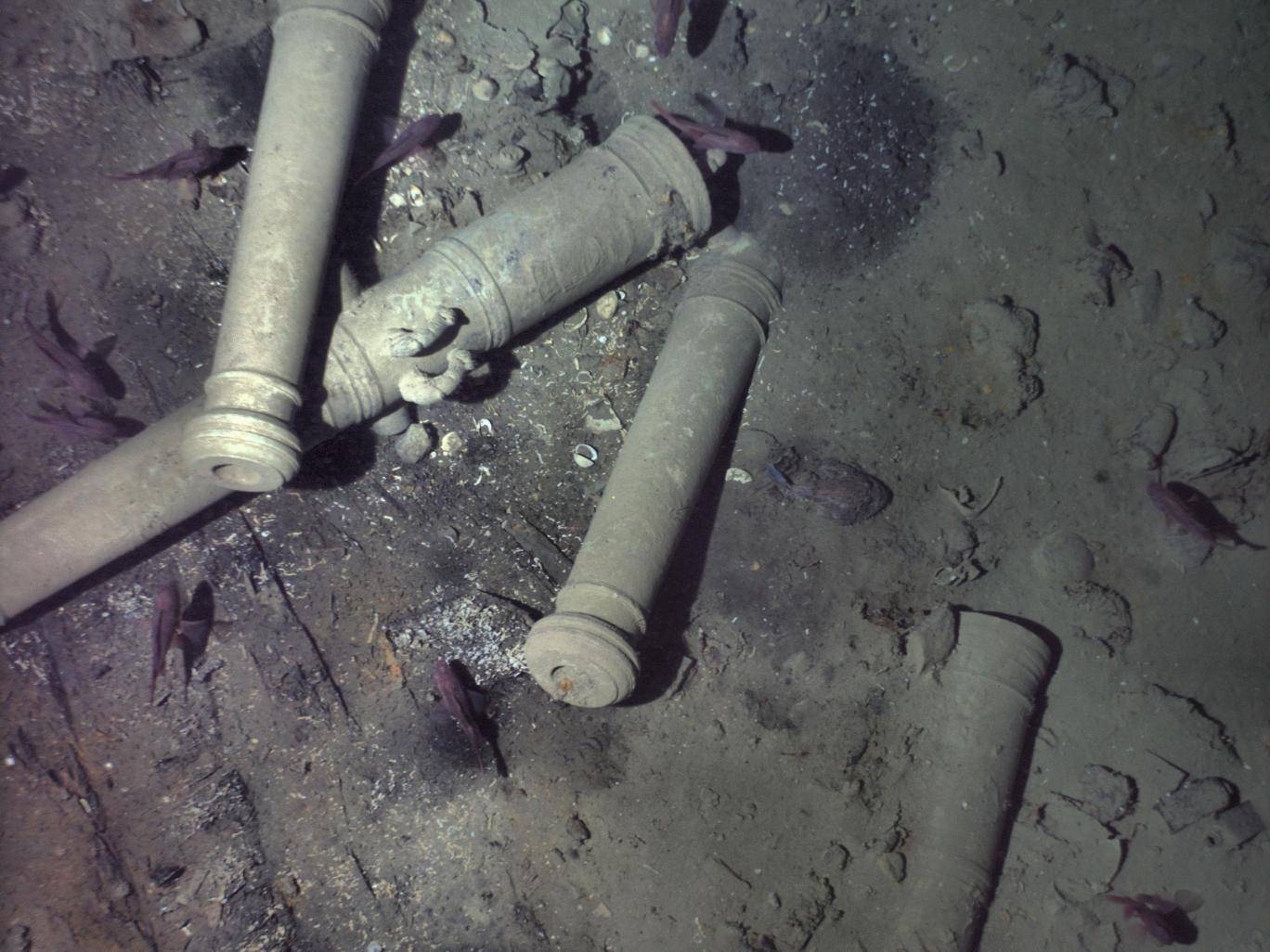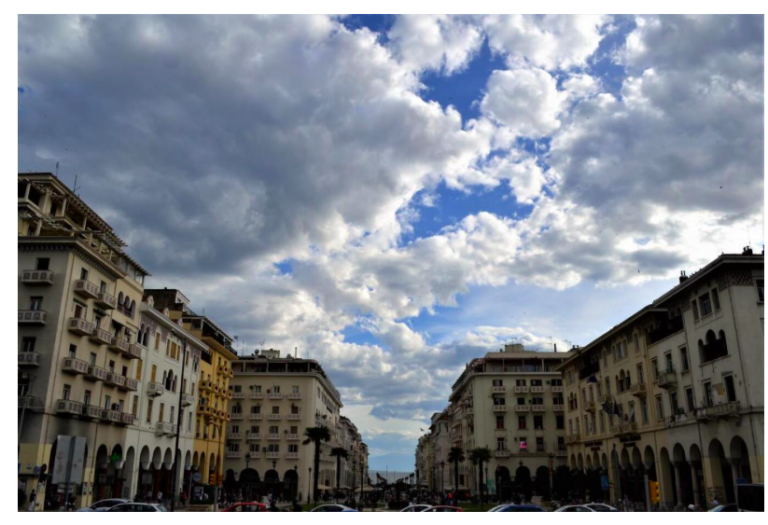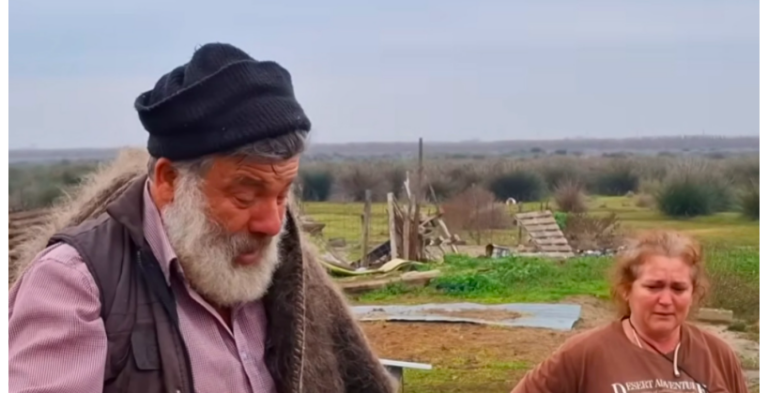US scientists found a Spanish galleon laden with treasure worth up to £12.6bn at the bottom of the Caribbean Sea, more than 300 years after it sank.
The San Jose, considered the holy grail of shipwrecks, was discovered three years ago off the coast of Colombia but few details were released at the time.
The 62-gun, three-masted galleon sank in June 1708, during a battle with British ships in the War of Spanish Succession, with the loss of nearly 600 lives.
Its treasure of gold, silver and emeralds has been described as the most valuable ever found and the precise location of the shipwreck was one of maritime history’s most enduring mysteries.
The galleon was discovered using an underwater autonomous vehicle operated by the Woods Hole Oceanographic Institution (WHOI), the agency has now disclosed.
Colombia’s government announced in 2015 that the San Jose had been found but further details were only released this week with permission from the agencies involved in the search, including the South American country’s authorities.
“We’ve been holding this under wraps out of respect for the Colombian government,” said Rob Munier, WHOI’s vice-president for marine facilities and operations.
The US-based agency was invited to join the search because of its expertise in deep water exploration.
In 2011 the institute’s autonomous underwater vehicle, Remus 6000, helped find the wreckage of Air France 447, which crashed in 2009 several hundred miles off the coast of Brazil.
The San Jose was found at a depth 600 meters using side sonar images taken by Remus 6000 in November 2015.
The vehicle descended to nine meters above the wreck to take several photographs, including some of the distinctive dolphin engravings on the galleon’s cannons, a key piece of visual evidence.
“The wreck was partially sediment-covered, but with the camera images from the lower altitude missions, we were able to see new details in the wreckage and the resolution was good enough to make out the decorative carving on the cannons,” said WHOI engineer and expedition leader Mike Purcell.
“It was a pretty strong feeling of gratification to finally find it,” said Mr Munier, who was not at the site but learned in a phone call from Mr Purcell. “It was a great moment.”
The treasure has been the subject of legal battles between several nations as well as private salvage companies.
In 2015, Colombian president Juan Manuel Santos described the haul as “the most valuable treasure that has been found in the history of humanity”.
Last month Unesco, the United Nations cultural agency, urged the country’s government not to commercially exploit the wreck, whose exact location remains a state secret.
The ship sank somewhere in the wide area off Colombia’s Baru peninsula, south of Cartagena, and is believed to have been carrying 11 million gold and silver coins, emeralds and other precious cargo from Spanish-controlled colonies.
The treasure, which for now remains on the sea bed, is thought to be worth up to $17bn (£12.6bn) in modern-day money.
Colombia has not signed the UN Convention on the Law of the Sea, which would subject it to international standards and require it to inform Unesco of its plans for the wreck.
Source: independent
Ask me anything
Explore related questions






